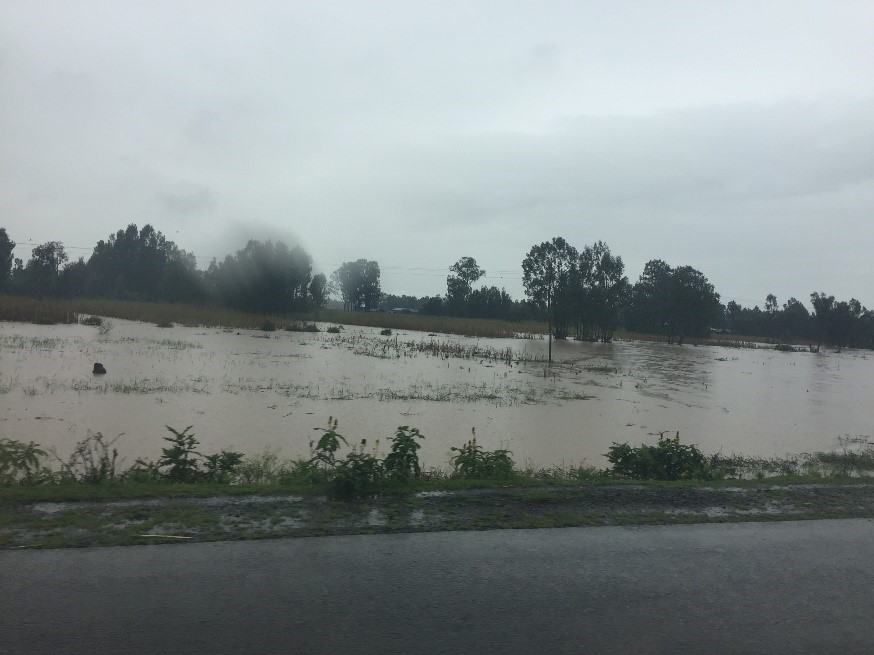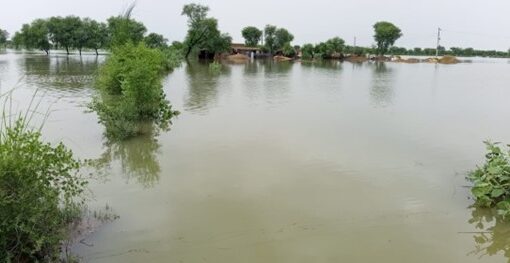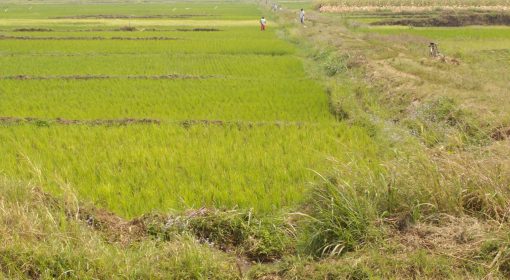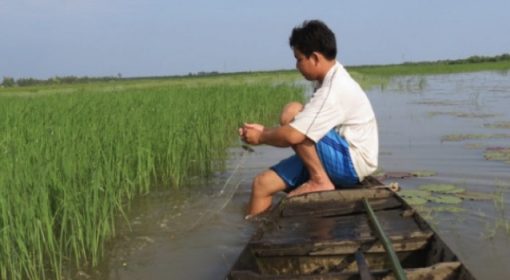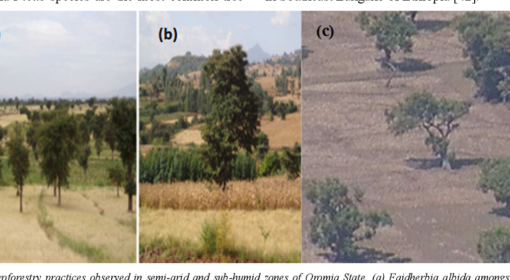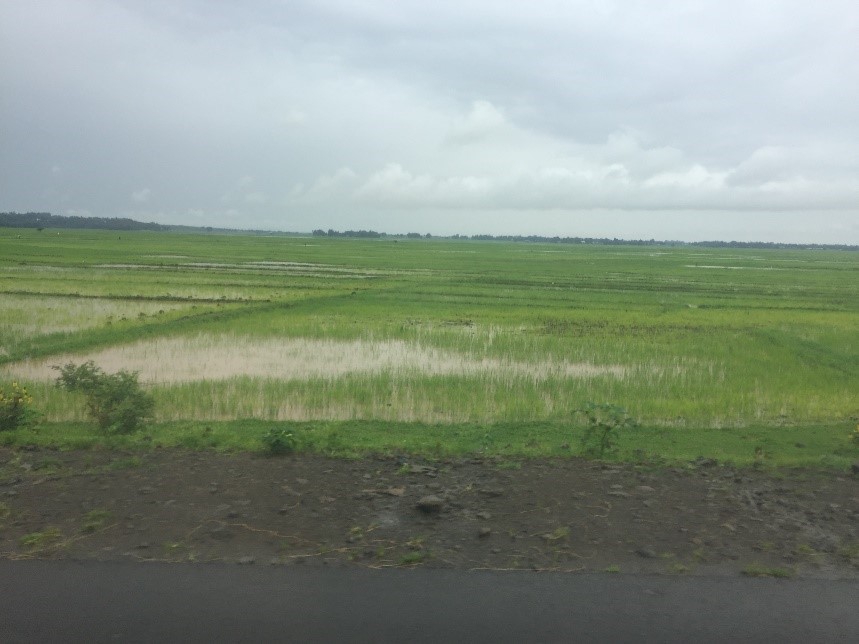
Post card from Bahirdar, Ethiopia
By Mekdelawit Messay Deribe
August, 2018
Travelling on the road from Bahirdar to Debre Tabor, you can see rice fields on your right and left drenched in flood water. My travelling companion Ato Tadesse Tilahun who is currently doing his MSc. Study on rice at Bahirdar University told me a very surprising and inspiring story about the area and farmers there.
The area in question, known as Gumera area in the Fogera woreda in the Amhara region, used to be known for its intense migration of its people. The land was annually affected by flood and hence unsuitable for Teff production, the main crop grown in the area. Because of the low productivity of Teff, farmers could not support themselves and lost almost everything every year because of the floods. However, flooding and ample water on a flat land is an ideal condition for rice cultivation. Therefore, in the 1970’s the government introduced rice as a potential adaptive crop in the area. Improved species such as Nerica 2,3,4 and 5 as well as local varieties of rice were planted in the area. 30 years later the farmers in that area are among the richest in the region. The area is so productive that these farmers even refused to be moved when the government proposed a resettlement plan because of the recurring floods. These farmers produce rice at least twice a year, using water from the winter floods and irrigation during the summer. This is a brilliant example of adaptive agriculture in practice.
